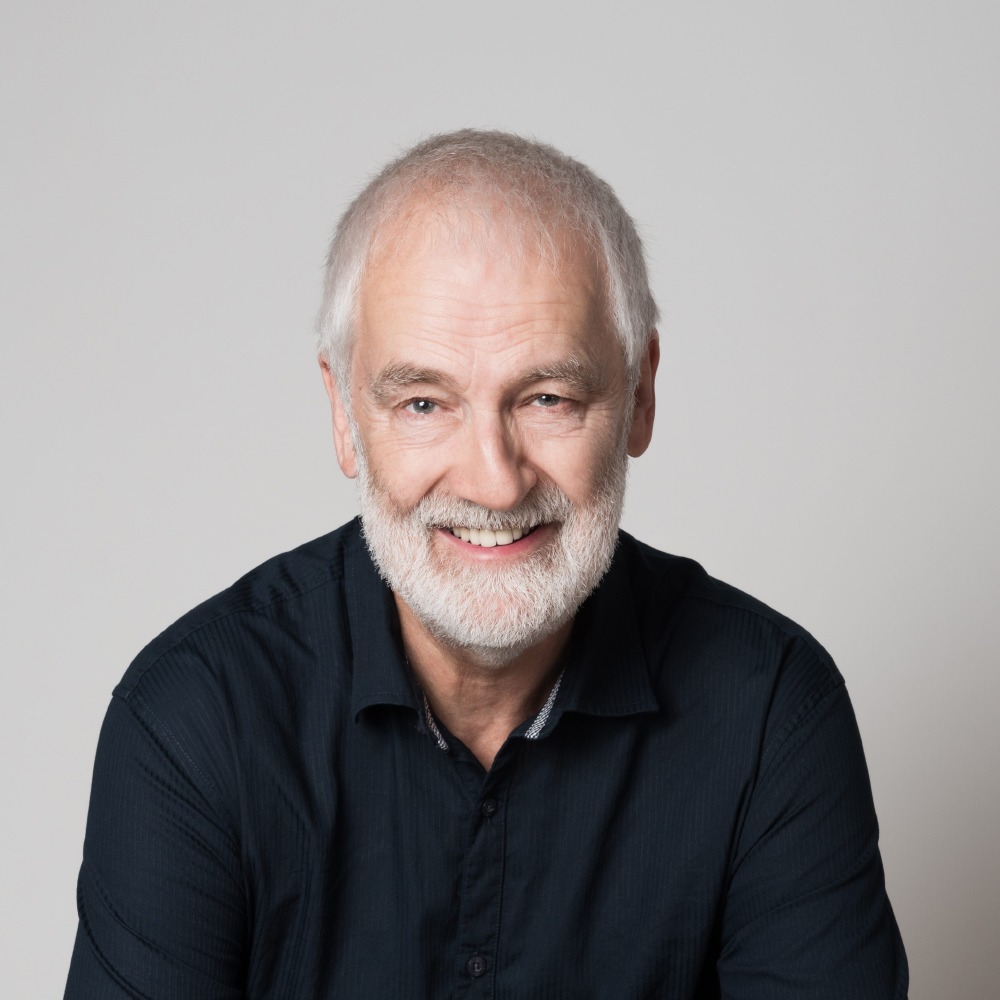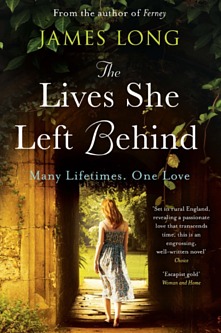
James Long

The Lives She Left Behind is the sequel to 'Ferney' which is, at its heart, the story of a love affair spanning 1,300 years. It is also the story of a special place, the remarkable real-life village of Pen Selwood on the Somerset/Dorset border and of some of the many momentous things that have happened there over the ages. Originally, I wanted to tell the story of that village and of the evolving rural life of England through the eyes of a single witness, Ferney. He is a man doomed to be born over and over again usually in the same place and (usually, but not always) able to piece together the memories of his past lives. He has the accumulated quiet wisdom of all that experience. Realising early on that this was condemning him to a dreadful fate, I gave him a companion to lighten his load. She is Gally, a woman caught up in the same cycle – forgiving where Ferney can be cantankerous - and perhaps that was when the love story took over. The present day component of the story of 'Ferney' is set in the 1990s, when Gally, who has for once forgotten her past finds her way back to the village and the ruined cottage where she has lived so many times. She is young and married to Mike but there she meets old Ferney, a man in his eighties, and he slowly works at reminding her of her past and winning her back. I won't give away the ending but something big is left hanging in the air.
‘Lives’ takes the story on after a sixteen year gap and it may well be that Ferney readers don’t quite know what has happened until some way into the book. I left a lot of unfinished fragments of history in the first book which (I hope) knit together in the sequel to flesh out the whole story and produce a rounded and human result. I don't want to give away too much more than that except to say that in the first book, there were three people caught up in the chaos of their current lives, Ferney, Gally and Mike and I have worried a lot about Mike in the intervening years.
How important is it to stay in touch with your readers?
It is both vital and very rewarding. When I talk at literary festivals I still get more questions about ‘Ferney’ (and now about ‘Lives’) than any of my other books. People have very individual responses to it. Many find synchronicities in their own lives but others come at it in different ways and are more immersed in odd aspects of the history and the timescale of history (those who have read the first book will understand that in terms of putting the lives of 85 year old people end-to-end). I am a story teller. Readers matter enormously and going back to my early writing days, I didn’t often meet them. Now, thanks to literary festivals and to the internet, I have conversations with them all the time and that is a delight. Leave a message on my website (jameslongbooks.com) and I will always answer it.
Why do you feel that Ferney needed to have a follow on book?
The answer is simple. I always wondered what would happen next and I decided it was time to find out. Sixteen years had to pass in real time before the plot of the next book was possible so I was glad when it was time to unravel the curious knot I had created at the end of ‘Ferney.’
It also struck me that I wanted to look at how life has changed in that short time. It has certainly changed a great deal for young people who might be regarded as a little odd. In the past they would have been left more to their own devices. These days that is much less likely. Schools would be on their case with educational psychiatrists. Medication would be lurking. As well as that, of course, communications have changed so much. Sixteen years ago things could happen in a way they simply wouldn't in the more modern world - at least as momentous as the difference the mechanical clock made in the 14th century to everyone's lives. I wanted to see where that took my characters. Something else – Ferney has lived in the back of my head for many years. In a tight corner I have occasionally asked myself ‘What would Ferney do?’ It was time to let him out into the light again.
The book has been compared to Hardy, so what was your reaction when you found out?
Well, flattered of course. Who wouldn’t be? The great Wessex story teller. I question it of course because it might be a glib reaction to the geography of the novel. I certainly didn’t set out to write like Hardy but the physical space I am writing about, the ridge in ancient Selwood forest and the village spread out around its ending is, to me, one of the characters of the books. I used to go there often when I was writing and in the days of ‘Ferney’ I would always meet older villagers who would tell me extraordinary stories passed down in the oral history and the folk memories of the place – going back, in one instance – all the way to the 7th century. That is much less likely to happen now, sadly. However, at least we have the net to balance that because it has become a great invisible warehouse for the gathering of the jewels of local history. By the way, one of the things I like about Hardy is his human fallibility. He was capable of greatness and yet he also wrote some strangely flawed books. Try ‘Two on a Tower’ or ‘The Well-Beloved’ for a… well, shall we just say a different sort of Hardy. Writing is a craft and hopefully, as I tell creative writing students, the more you do the better you get. Some may write perfect prose every time but I think I’m with Hardy on that one.
How does the novel work as a sequel but also as a stand-alone book?
That was the hardest part. It had to work both ways and I believe you can read them either way round though it is probably better to start with ‘Ferney.’ My wonderful editor kept me at it through successive re-writes. The problem, I suppose, is obvious. It is a complex situation and I needed to find a way of explaining it in the sequel that wouldn’t bore to death the readers who already understood. It took me a few months and a lot of midnight oil to find the right way to do that.
How does the love story resonate across the ages?
All I would like to say is that I don’t believe human beings have changed much over the 1,300 years of the book. The rules by which they have to live certainly changed but essential human nature hasn’t.
If you could have dinner with any author who would it be?
I have dinner with a lot of authors and I always enjoy it. If I am allowed to bring a dead author back to life then it would be my old friend Mary Wesley because I miss her and her great and scurrilous zest for life. If it has to be a living author (excluding old friends) it would be Alexander McCall Smith because last time we met (on a literary festival platform), we didn’t stop laughing for the whole hour.
What is next for you?
I am just finishing a book set a mere hundred years ago but don’t yet feel like saying too much more about it.

